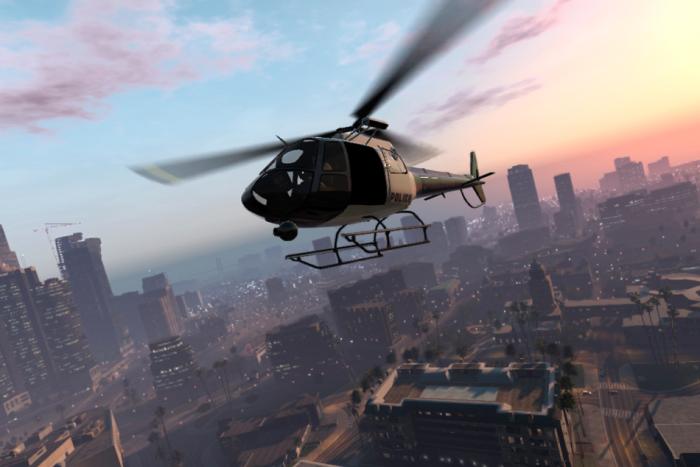It seems like prehistory now, but one of the issues that precipitated Canada’s May 2011 election—you know, the one that handed the Liberals their worst defeat in history—was the cost of the F-35 fighter jet intended to replace the CF-18 for the Royal Canadian Air Force. Michael Ignatieff (remember him?) got up in the House of Commons and said, “Parliament does not issue blank cheques. For four months, the opposition has asked the government to tell the Canadian people the true cost of its budget plans. For four months, we demanded to know how much Canadian taxpayers were being asked to pay for fighter jets, prisons and corporate tax breaks.”
It was the government’s refusal to answer those questions (among others) that resulted in them being found in contempt of Parliament, a defeat for the Conservatives just slightly ahead of the opposition voting against the budget and defeating them anyway.
Two and a half years later, Stephen Harper is still here, while Michael Ignatieff and Jack Layton are both gone, one more tragically than the other. What remains is the unanswered question: What the hell is it going to cost to buy F-35s? The answer is nobody knows, and we don’t even know what we’re buying anymore.
Start with costs: In an article in this month’s Vanity Fair, Winslow Wheeler of the Project on Government Oversight is quoted saying the cost of the F-35, per plane, could be $219 million. The US government, though, is expected to be eating some of the development costs—allies such as Canada will pay less. The Netherlands just agreed to buy 37 F-35s in a budget of $6 billion, or about $160 million per unit. So hooray for discounts, right? Nope. As recently as 2011, the Harper government was claiming a sticker price of no more than $75 million per unit. By last December, that had officially shot up to $92 million. That at least should be a solid number, but then, so were the ones before that.
Across the Pacific, South Korea is rejecting the F-35 as overpriced and is expected to choose the Boeing F-15 Silent Eagle. The Silent Eagle will be at least $100 million, so you can do the math on what one of America’s closest allies—and one in a rough geopolitical neighbourhood, at that—is getting billed for F-35s.
But hey, you’ve got to pay for quality, right? Except that the F-35’s development process has been tortuous, budget-busting, and filled with technical SNAFUs. Such as, for example, the startling discovery mentioned in Vanity Fair that the parts of the plane near the engines get hot enough to damage the radar-absorbing panels and compromise the stealth that is the entire point of the plane.
Defense reporter David Axe did his own takedown of the F-35, and puts most of the blame on the Marine Corps and its insistence that America’s next fighter have vertical-takeoff capability. Whether Axe is right or not, he details a number of technical problems that will dog the F-35 even after it’s out of development, namely that it’s “overweight and underpowered,” which is generally not a great combination for fighter jets.
The F-35 has its defenders, though, and it’s worth being skeptical of the naysayers as much as anyone: You’ll find Wheeler and Pierre Sprey quoted extensively in both Axe’s work and Vanity Fair this month—criticism can be a healthy line of work, too. But it’s also worth asking how stealthy Canada’s next fighter jet needs to be. In the early day of stealth aircraft, it was never assumed that everybody would make all their combat aircraft super-stealthy. Stealth is nice, but it’s expensive, and it doesn’t buy you the same capabilities in all situations. Flying into 1991 Baghdad to drop a laser-guided bomb on a crucial command and control centre? Stealth is very good. Flying over the mountains between Afghanistan and Pakistan in 2001 trying to drive Taliban holdouts from their caves? Stealth is kind of a waste of money. (Not that it stopped the Pentagon from sending the B-2 bomber, the world’s most expensive plane, to Afghanistan, of course.)
It’s entirely possible that Canada could play a useful military role in NATO and elsewhere without the F-35. If the harshest critics are right, we might even be better off flying the CF-18 until the wings fall off. Maybe the answer is the Silent Eagle (or maybe not) or some European model. Maybe the most hazardous strike missions of the future will be done by some combination of drones and cruise missiles, taking crewed aircraft out of the equation entirely.
Simply pounding the table and saying “our boys deserve the best, shut up and sign here” is insufficient, in other words. The whole point of representative democracy is, at heart, the hope that delegating the responsibility to debate the important issues will mean that the important issues actually get debated. The sad part is we had one chance to get an honest debate out of Parliament—and we rewarded the people with a history of lying to us.





